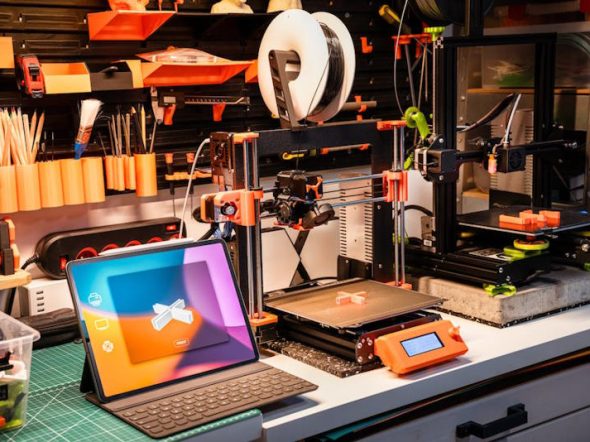In today's world, there is a growing emphasis on embracing practices and sustainable solutions. Companies in industries are actively adopting eco-innovation to minimize their carbon footprint and create a positive impact on the planet. As part of this movement, many companies are now turning to green prototype molding techniques, which shape the future of manufacturing and contribute to a sustainable and greener world.
Understanding Green Prototype Molding
Green prototype molding, also referred to as environment-friendly or eco-friendly prototyping, involves utilizing sustainable materials and manufacturing processes to develop product prototypes. This approach places importance on social responsibility while upholding high-quality standards in design and fabrication.
Using Sustainable Materials
An aspect of green prototype molding lies in using sustainable materials with minimal environmental impact. It includes incorporating recycled plastics, plant-based resins, and composite materials sourced from resources.
By integrating these materials into the prototyping process, companies can significantly reduce their dependence on petroleum-based plastics that contribute to landfills and pollution. Moreover, by promoting the use of resources like plant-based resins, green prototype molding aligns with the principles of an economy where materials are regenerated rather than wasted.
Implementing Energy Efficient Processes
Energy manufacturing processes are a focus in green prototype molding. Companies aim to minimize power consumption by investing in technologies and machinery that optimize efficiency. Alongside this, implementing energy-saving measures like LED lighting systems and smart monitoring controls reduces energy wastage during production.
Prioritizing energy efficiency in prototyping processes decreases the carbon footprint. It also leads to long-term cost savings for manufacturers. By combining materials with energy methods, companies can make a substantial positive impact on the environment and their financial bottom line.
Supporting Sustainable Design Practices
Supporting design practices is another aspect of green prototype molding. By implementing design strategies that reduce material waste during production, natural resources can be conserved while minimizing the impact of manufacturing.
For instance, designers can utilize computer-aided design (CAD) software to optimize their designs, ensuring material usage while still meeting aesthetic requirements. Additionally, incorporating design concepts allows for disassembly and recycling at the end of a product's life cycle.
Collaborative Approach
Successful green prototype molding often relies on collaboration between stakeholders, including manufacturers, engineers, designers, and even customers. Close cooperation among these parties is essential to achieve results.
By involving all stakeholders from the beginning of product development, companies can ensure that eco-conscious principles are seamlessly integrated into every step of the prototyping process.
In addition, fostering a dialogue among all parties encourages thinking about sustainable practices. By sharing ideas and leveraging each other's expertise, businesses can collectively drive the adoption of prototype molding techniques within their respective industries.
The Benefits of Environmentally Friendly Prototype Molding
Adopting prototype molding offers several advantages beyond just sustainability.
1. Positive Environmental Impact: By reducing reliance on renewable resources, minimizing material waste, and implementing energy-efficient manufacturing processes, companies significantly reduce their overall environmental footprint. It helps preserve resources and contributes to combating climate change and protecting ecosystems.
2. Cost Savings: While investments may be required to introduce eco-techniques and equipment for green prototype molding processes, long-term savings are achievable through reduced energy consumption and waste generation. Companies can lower costs while simultaneously prioritizing practices.
3. Advantage in the Market: In today's consumer-driven market, where ecological responsibility holds increasing importance for customers, companies that demonstrate a commitment to sustainability through prototyping gain a significant competitive edge.
Eco-minded consumers tend to favor businesses that prioritize practices throughout their product development journey.
4. Adhering to Regulations: As regulations aimed at reducing the harm caused by manufacturing processes continue to increase, businesses can gain a competitive edge by embracing eco-friendly approaches, like green prototype molding. By complying with existing and anticipated regulations, companies ensure the longevity and viability of their operations.
Conclusion
Green prototype molding holds the potential to shape a sustainable and environmentally conscious future. By using materials, implementing energy processes supporting sustainable design practices, and fostering collaboration, companies across various industries can reduce their environmental impact, enjoy cost savings, and stand out in the market.
Remember, sustainability begins with small steps. Embracing prototyping is one step toward creating an eco-conscious future. Together, we can make an impact in preserving our planet for generations.
